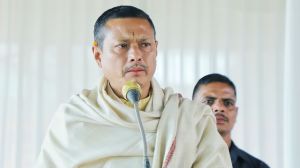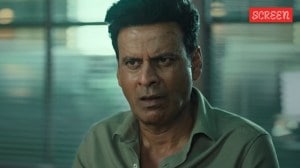Cochlear implants bring hope to hearing-impaired
PUNE, Dec 26: Nine-year-old Chavi and 10-year-old Ashish, both deaf-mute children, will soon experience some of the most beautiful sensatio...

PUNE, Dec 26: Nine-year-old Chavi and 10-year-old Ashish, both deaf-mute children, will soon experience some of the most beautiful sensations in the world, the chirping of birds, the ringing of the school bell and their mother calling out to them. These two children are the next to receive cochlear implants at the Armed Forces Medical College.
The operations, to be performed within the next six months, will mean a new lease of life for the children who are expected to start speaking when they learn to interpret electrical stimulation as sound.
Meanwhile, Rajvir Singh, the first cochlear implant patient at the college, speaks in short, loud punctuated sentences and complains of vibrations inside his ear. Deaf for the past 12 years, he is being fed electrical waves and being taught to interpret it as sound.
“For the surgery to be dubbed a complete success in a layman’s term, that is for Singh to be able to form words from electrical nerve stimulation, will take at least a year of speech therapy,” said surgeon captain V K Singh, head of the department, ENT, who has been conducting round window rupture corrections for the past 22 years. The ENT department is happy with the results. The college has a waiting list of 198 patients, including 48 paediatric cases. Cochlear implant surgery, being performed for the first time in the world under local anaesthesia, involves fitting a minute artificial implant inside the spiral cavity in the inner ear, which will convert sound waves into electrical waves readable by the brain. Corrective surgery is for those who have lost their hearing because of excessive exposure to high noise levels, infection, meningitis or congenital deafness.
Rajvir is being taught to read the impulses the way a child is taught to speak and comprehend. “Things have to be pointed out to him while pronouncing their name so that he can connect the artificial electrical sensation to sound,” Singh said.
Since Rajvir could hear 12 years ago, he is familiar with the language and may not need much time for rehabilitation. The rehabilitation period for children is longer since therapy will include basic word and sound education.



- 01
- 02
- 03
- 04
- 05




























